Zen and Art in Madrid
- AMCL Schatz

- Jul 30, 2023
- 7 min read
After the bullfight tour, I had no desire to gallivant in the Old Town or along Gran Via, even though the sun was still bright at nine o’clock, and there were interesting things to see along the avenue. I just went back to my hotel to rest for a bit and had a quiet dinner at a nearby restaurant.
Interestingly, my hotel, which had recently been renovated at the time of my visit, featured a Japanese theme. My room, which was on the highest floor, was furnished with contemporary pieces characterized by clean lines, and decorated with Japanese paintings evoking a Zen atmosphere. Strange as it was (feeling Japanese in Spain), I appreciated the peace and calm that it brought me after a slightly emotional episode at the bullring. I badly needed that!
The hotel also had a uniquely-shaped and very narrow elevator that could fit only one person and a small luggage. A sign on the elevator’s wall said, “Have you ever seen something like this? I am probably the only elevator built this shape in the whole world. Use me and smile whenever you can take a picture.” I did not take a picture though, because the space was truly tight. I would have just ended up with an ultra close-up shot of my face because I couldn't even stretch my arms. I wasn't sure if this elevator was designed to provide novelty, or because there was some serious lack of space. Cute as it might be, it could post a logistical nightmare should there be a bus load of tourists trying to get into their rooms.
The hotel was right on the doorstep of the Gran Via, but its entrance was on a street known for its bookshops, so it was relatively quieter than the rest of the shopping district. My room had an amazing view of Gran Via and surprisingly, I could hardly hear any street noise. Perfect! I needed some Zen that night.
I was happy to find out that there was a Japanese restaurant a couple of blocks down the road. I decided I needed some Japanese food as well. I had been in Spain for nearly two weeks and after all the paellas and tapas, I started craving some Asian flavours.
Luckily, the restaurant was still open. I was directed to a quiet booth and was given a cup of tea and the menu. I did not want to eat a lot, so I chose a set menu that was good for one person. It came with an assorted tempura appetizer (octopus and tofu) drizzled with mayo instead of the usual sweet tempura sauce, a small plate of nigiri sushi (tuna and salmon), and a small bowl of tempura soba soup. The serving sizes were just what I needed. After my meal, I walked back to the hotel and slept early.
I woke up at six the following morning with the intention of eating my breakfast leisurely and enjoying an early morning walk to the Museo del Prado. The breakfast buffet at the hotel had quite a wonderful spread of assorted bread and the usual Western breakfast fare – eggs cooked in different styles, ham, bacon, sausages, Danish pastries, fruit juices, coffee and tea. Surprisingly, they also had miso soup (and Japanese bowls and chopsticks). This hotel was consistent with keeping the Japanese theme going.
The server kept refilling my coffee cup because he was trying to see how long I could keep up a conversation in Spanish with him. Before I got my food, he asked me what my room number was (because my booking came with the breakfast and they had a checklist) and when I said it in Spanish, he was impressed. He asked if I could speak the language and I told him I studied it in my younger years and have a basic grasp, but that my Spanish was already rusty from disuse. So, every time he would pour me coffee, he would ask a question in Spanish and wait for me to answer in Spanish until I could no longer reply to his increasingly complex questions. When I finished eating, he gave me the directions for the most scenic route to the museum.
After a restful sleep and a hearty breakfast (with a lot of coffee from my server friend), I was indeed ready for my long walk to the Museo del Prado. I wanted to have a head start before the heat became unbearable and I wanted to reach the museum before the doors opened. It took me half an hour to get there.
I followed Gran Via all the way to the Fuente Cibeles and then headed south along Paseo de Prado, a beautiful tree-lined boulevard that has a small park in the centre. The Paseo del Prado is home to the “Golden Triangle of Art,” which encompasses the three most important museums in the city – the Museo del Prado, where I was going and which houses the works of famous Spanish artists; the Thyssen-Bornemisza Museum, which features collections from various European artists; and the Reina Sofia Museum, which is all about contemporary art. I would have loved to visit all three museums, but due to limited time, I had to choose only one.
The last leg of my walk turned out to be the most relaxing despite my sore feet (for some reason, I decided to wear ballet flats that day). The boulevard is lined with several fountains, the most notable of which is the Fuente de Neptuno, which depicts Neptune rising from the ocean. There are also flowering bushes, sprawling greenery, and park benches. I almost forgot I was in the centre of a big city. Nearby is the Retiro Park, which has a man-made lake, where one can either relax by the waters or hire a rowboat for a tranquil ride. I silently thanked my server friend for this scenic route tip.
The museum was still closed when I arrived, but a line had already started with around 40 people before me. I went to the end of the line and chatted with the Japanese tourists who came right behind me. Before we knew it, the doors were opened and, in a few minutes, I got my ticket.
The whole morning was spent just immersing myself in art. The museum is considered to have one of the world’s finest collections of European art, from the 12th to the early 20th century, and the single best collection of Spanish art – paintings, drawings, prints, and sculptures.
The most represented is Francisco Goya, but the museum also has an extensive collection of the works of Hieronymus Bosch, El Greco, Peter Paul Rubens, Titian, and Diego Velasquez. And the most popular piece is the painting, Las Meninas by Velasquez, the leading artist of Spain’s Golden Age. It is one of my favourite paintings.
It shows the young Infanta Margaret Theresa, daughter of King Philip IV of Spain, surrounded by an entourage of maids, a chaperone, a bodyguard, two dwarves, and a dog. The king and queen, (the princesses' parents, King Philip IV of Spain and Queen Mariana of Austria), are subtly featured in a mirror in the background as reflections (or is it a painting?), while Velasquez himself is shown working on a large canvas and looking beyond, as if he was eye-to-eye with the viewer.
The whole painting creates an impression of a “snapshot” or what we would call a “candid shot,” if this were a photograph. I am not an art connoisseur, but I could certainly see why this has become the most widely-analyzed works of art due to the complexity of its composition that raises questions about reality versus illusion, as well as the relationship between the figures in the painting and the viewer of the painting.
To me, it looks like Velasquez painted this picture while looking at the scene's reflection in the mirror. But that's just my opinion. If it is, it is such a brilliant concept that was ahead of its time. Aside from being a "candid shot," it's also some kind of a "selfie" or "groufie" shot in the way we define in modern times. And if you look at the man on the stairs in the background (said to be the queen's chamberlain), doesn't it seem like a "photobomb" moment? I have always found this painting very curious...cryptic, even. What was the painter thinking of when he did this? What was he trying to express or communicate through this painting?
This was why I wanted to get into the museum first thing in the morning - to have the time and the chance to see the paintings up close and admire their various elements.
My pronounced art appreciation that day (to the point that I noticed how the details on the hems of dresses were painted to give the illusion of seeing actual embroideries on actual cloth) might be attributed to the early hours of the morning (which meant my brains were still fresh and not muddled by any event) and the relatively small crowd at that moment, given that I was among the first 50 people to get in. Or, it may have been because of the museum’s very open layout, or my impression of it that time, because it felt like I had more space to move around to see most of the paintings from top to bottom, and from one end to the other. I did not have this kind of experience when I was at The Louvre in Paris, where I almost fought my way in to see the Mona Lisa up close, only to move aside before I could even look into its details, to give way to the crazy mob of fellow tourists pushing behind me.
The other paintings that have become my instant favourites were Bosch’s“The Garden of Earthly Delights,” Rubens' “The Adoration of the Magi,” Goya’s “The Dog,” Tintorentto’s “Christ Washing the Disciples’ Feet,” Brueghel’s “The Triumph of Death,” Titian’s "Bacchanal of the Andrians," Caravaggio’s “David and Goliath,” Zurbaran's "Agnus Dei," Fra. Angelico's "The Annunciation," Raphael's "The Holy Family Under an Oak Tree," and Brueghel the Elder and Rubens' "The Sense of Sight."
I left the museum fully satiated even if it was already past lunch time and I hadn’t eaten a thing since breakfast. I did not even notice the heat as I walked back to the hotel. My mind was swimming with all the wonderful images that I just saw up close.
Photo Credits:
theculturemap.com, tandemmadrid.com, esmadrid.com, pradomuseumtickets.com, afpradomuseum.org

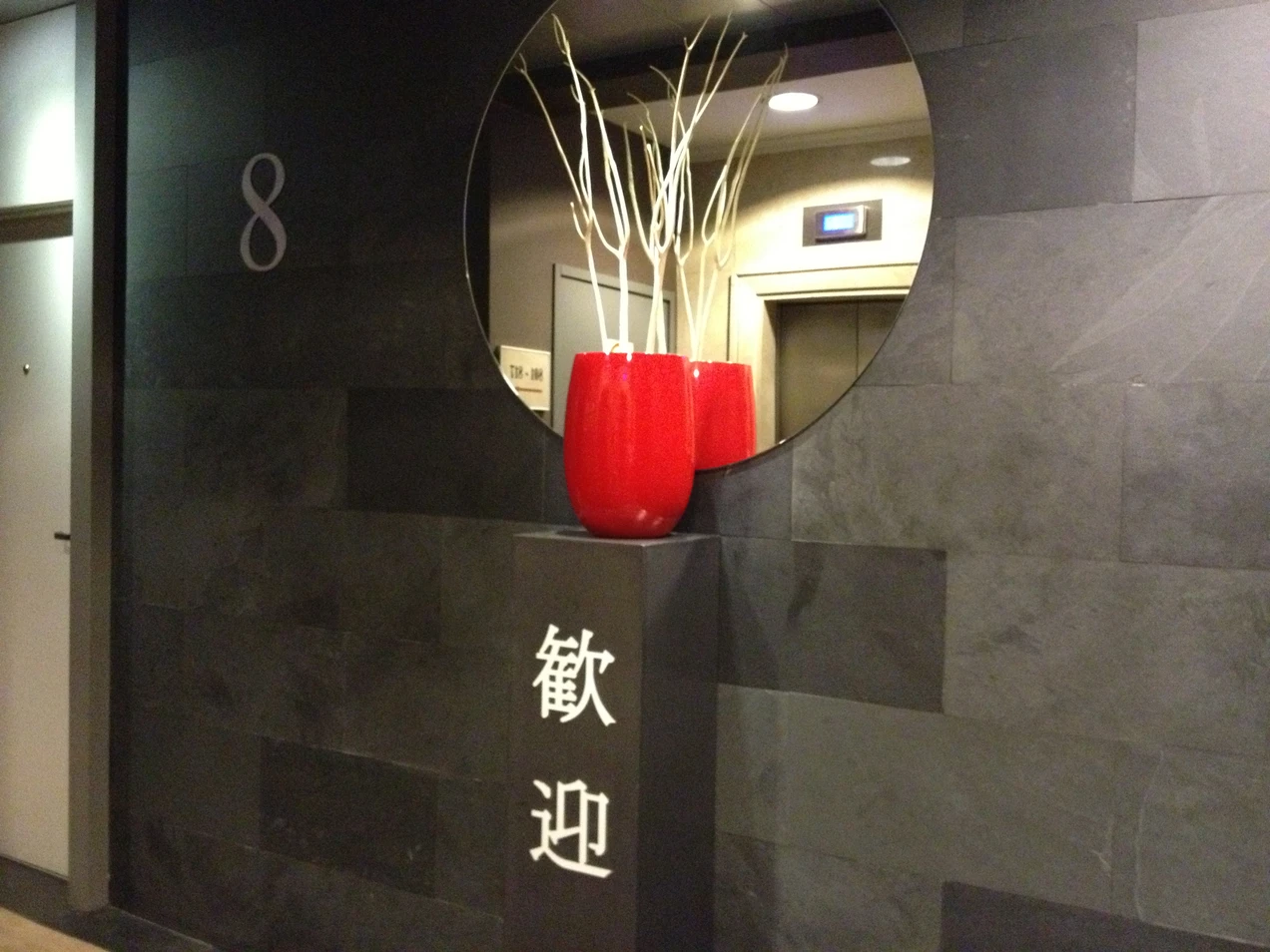
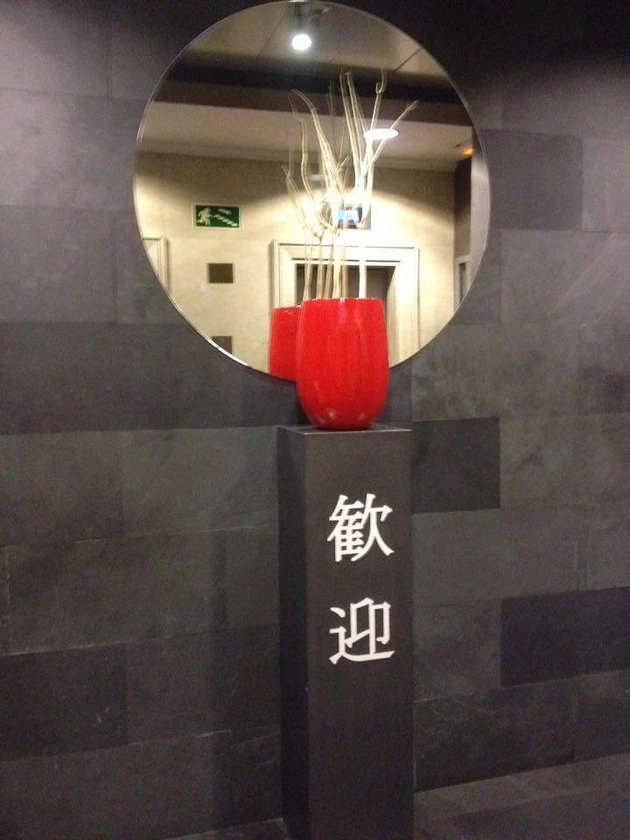


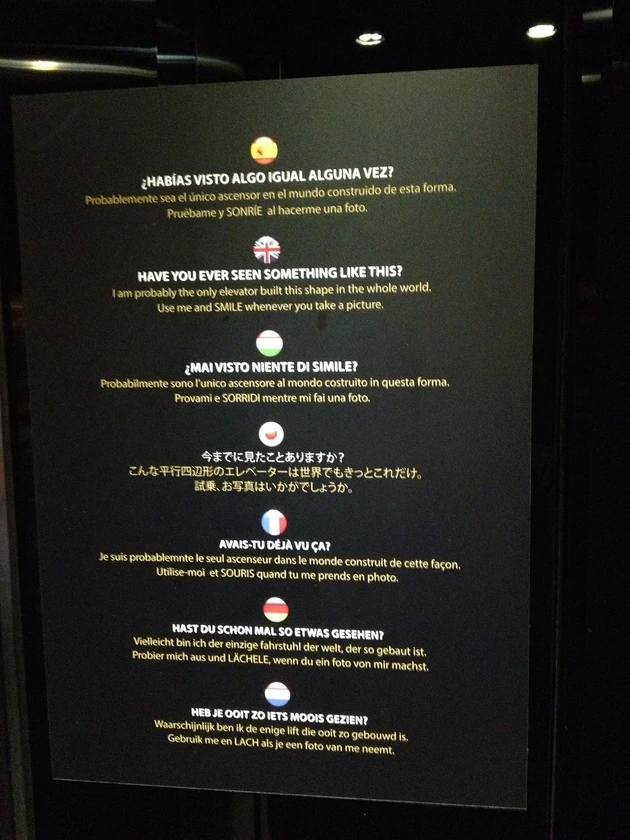
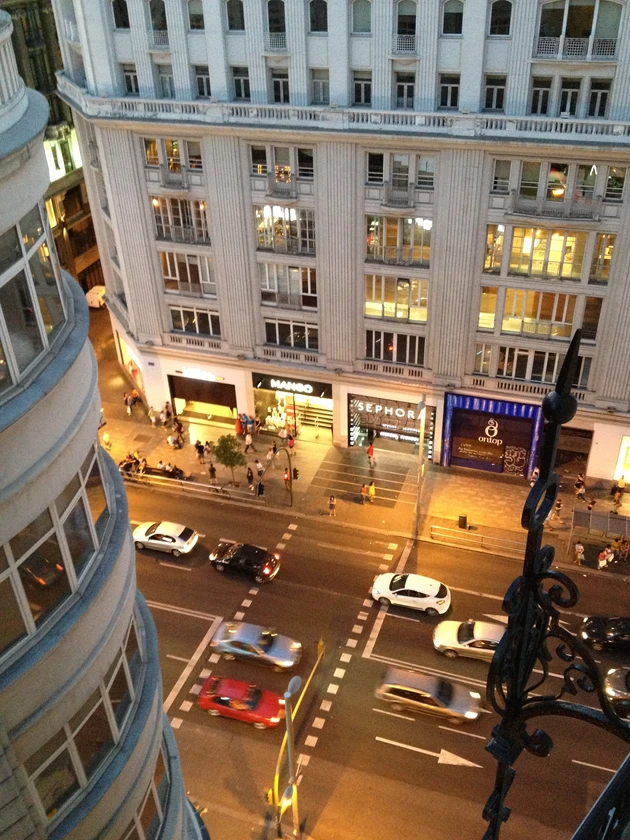
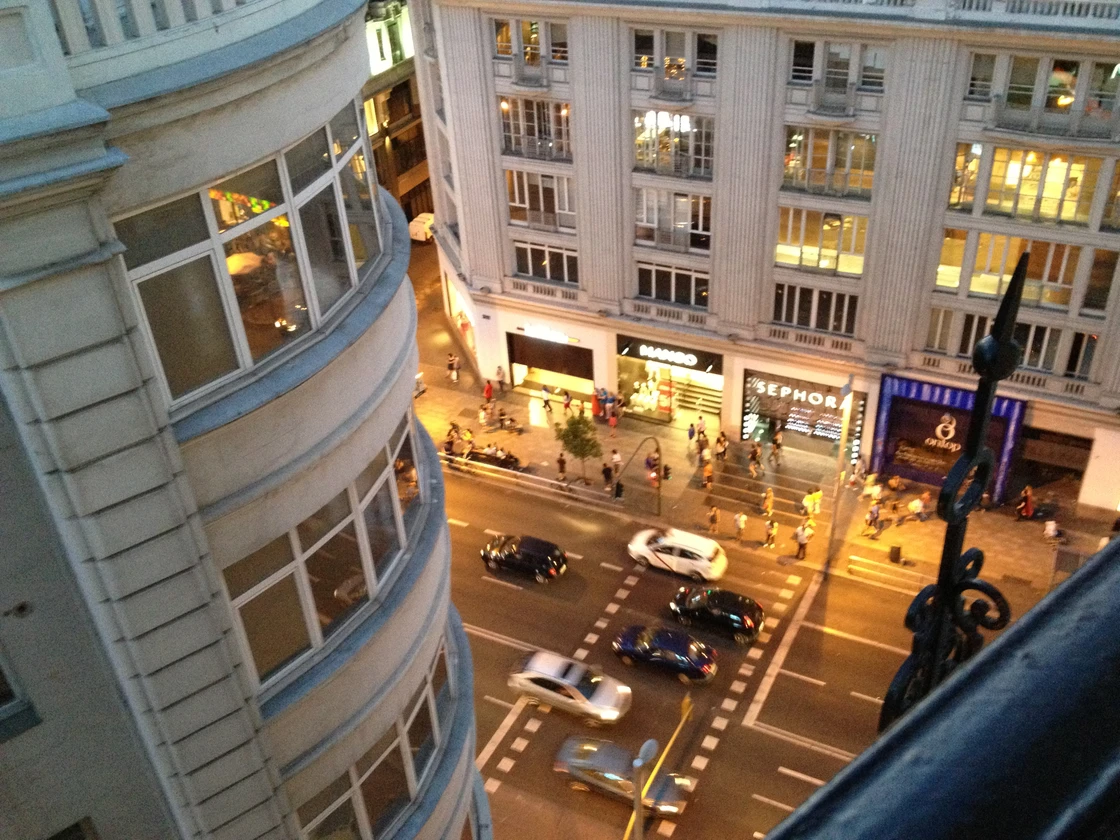






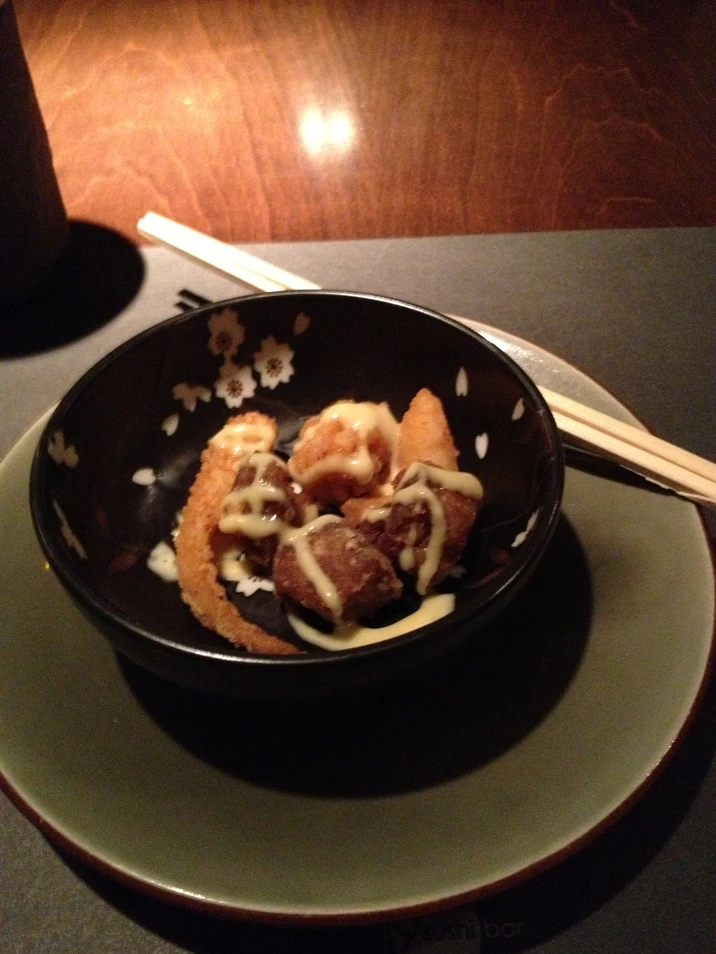
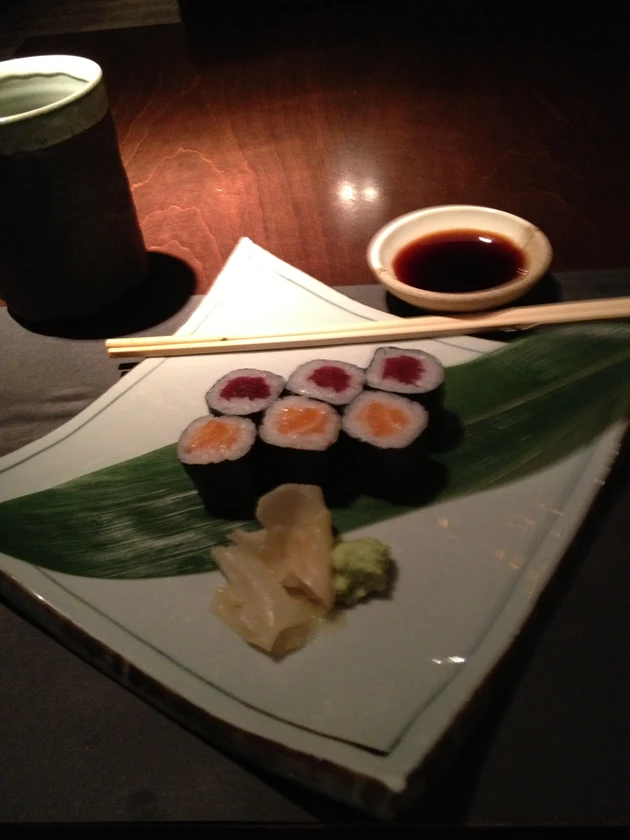
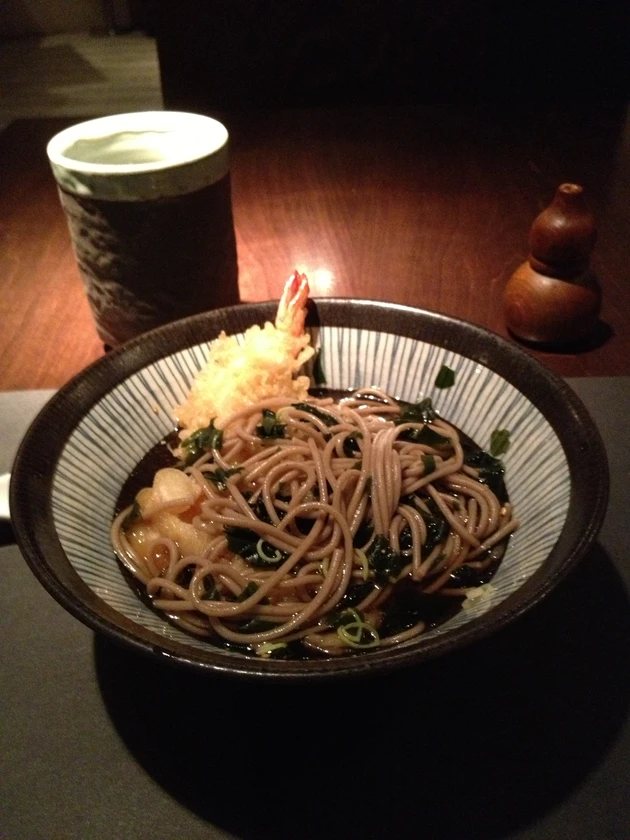








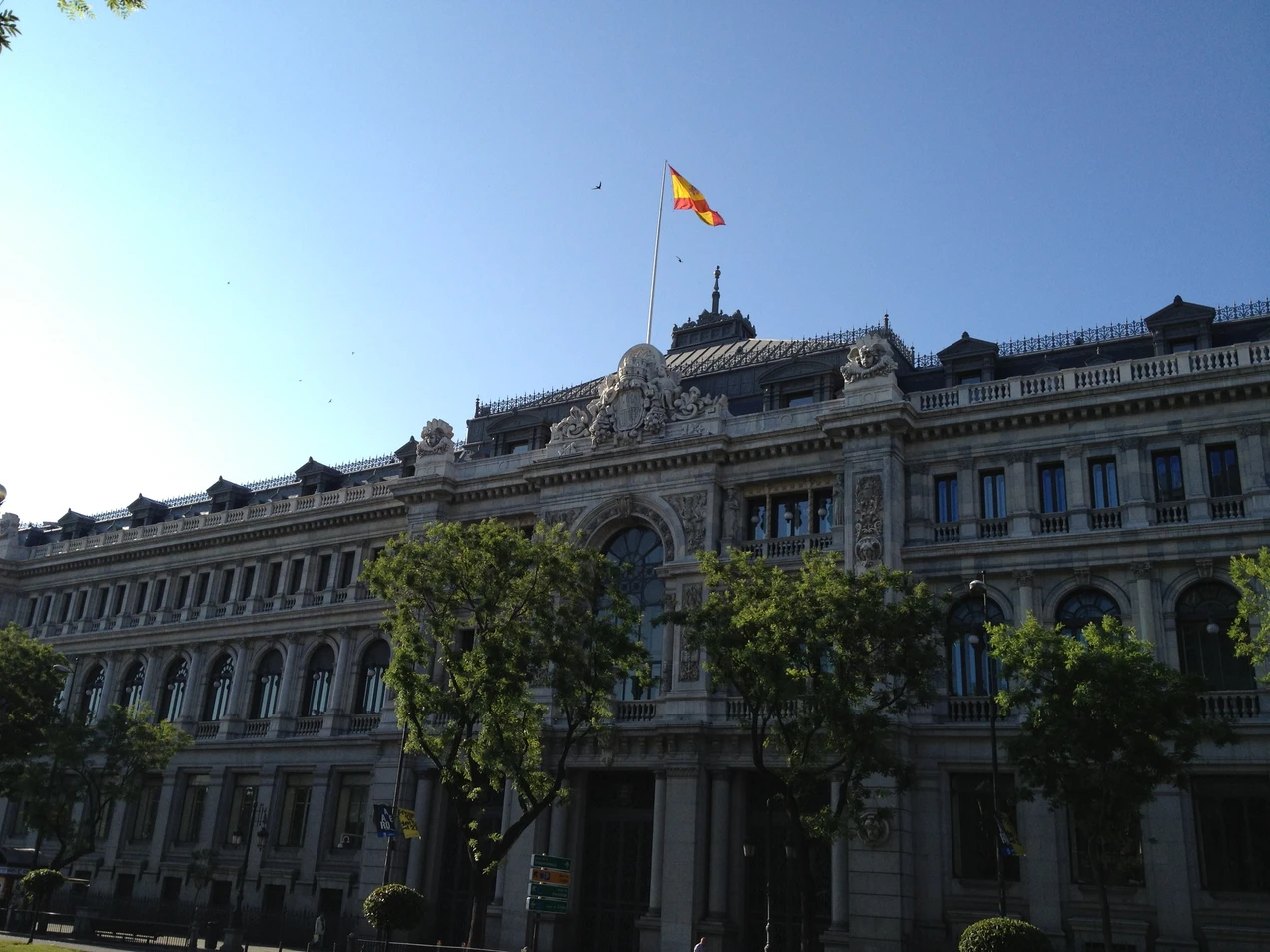
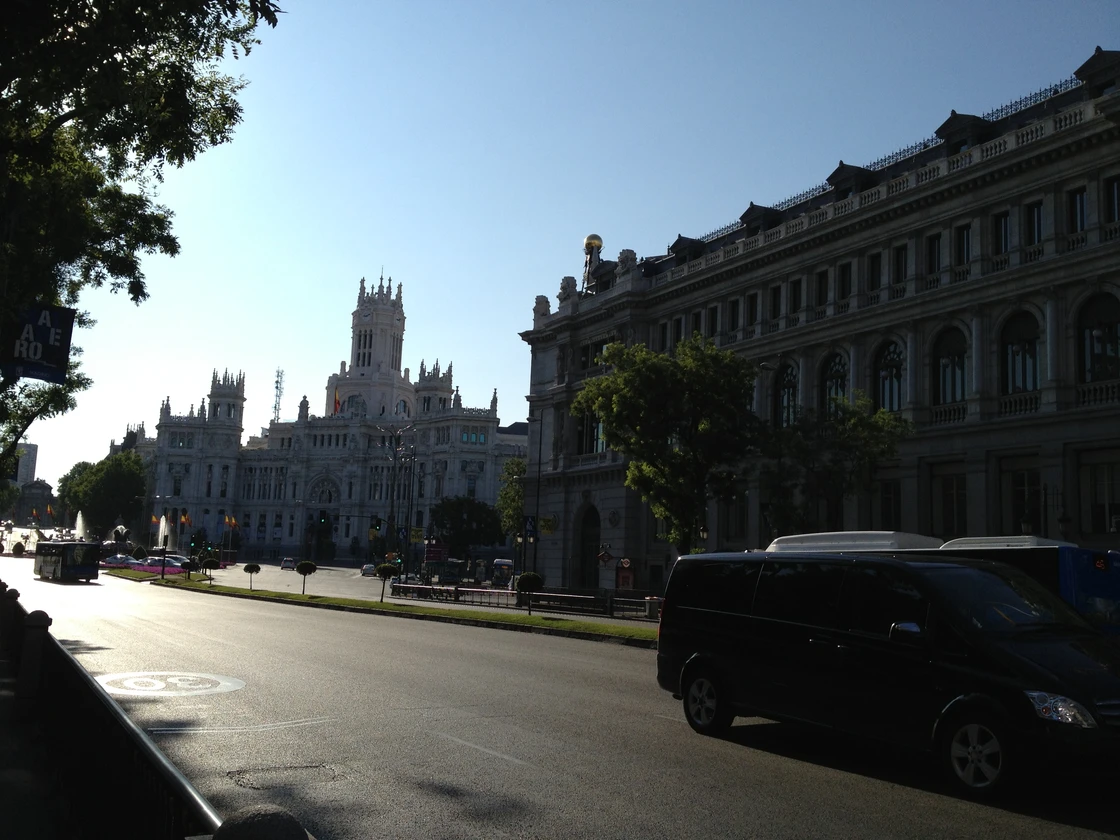
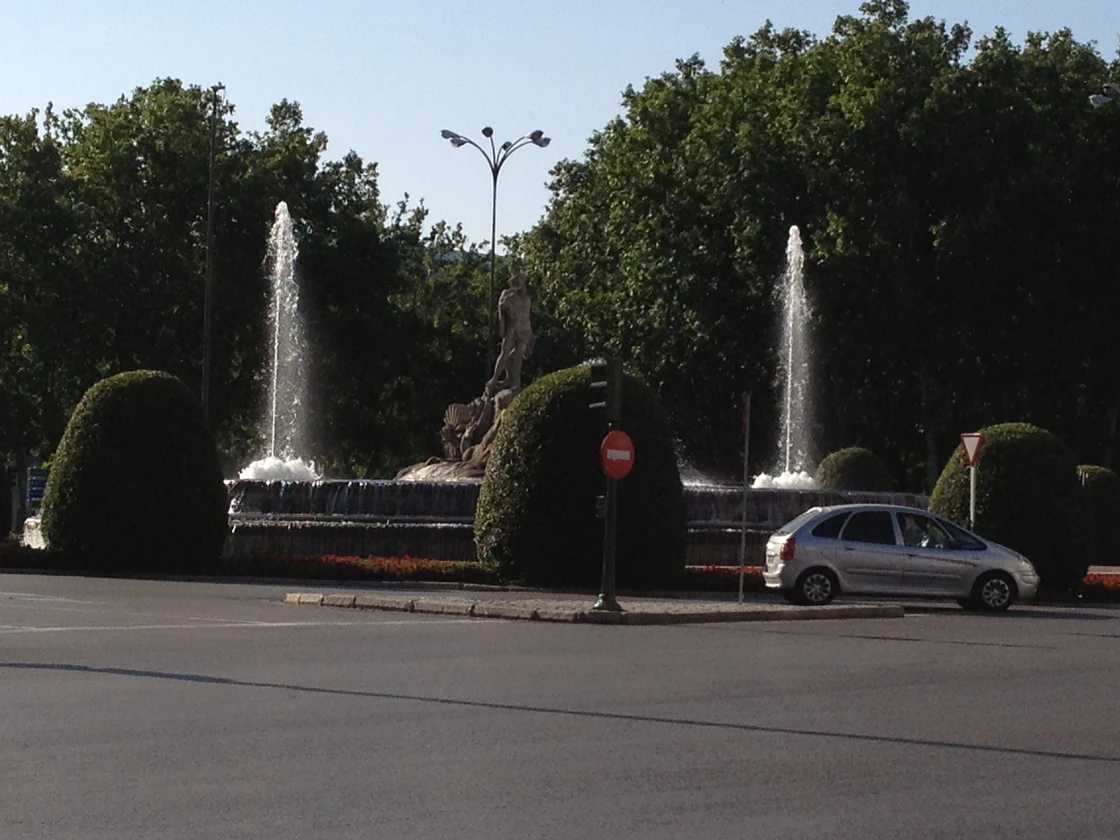
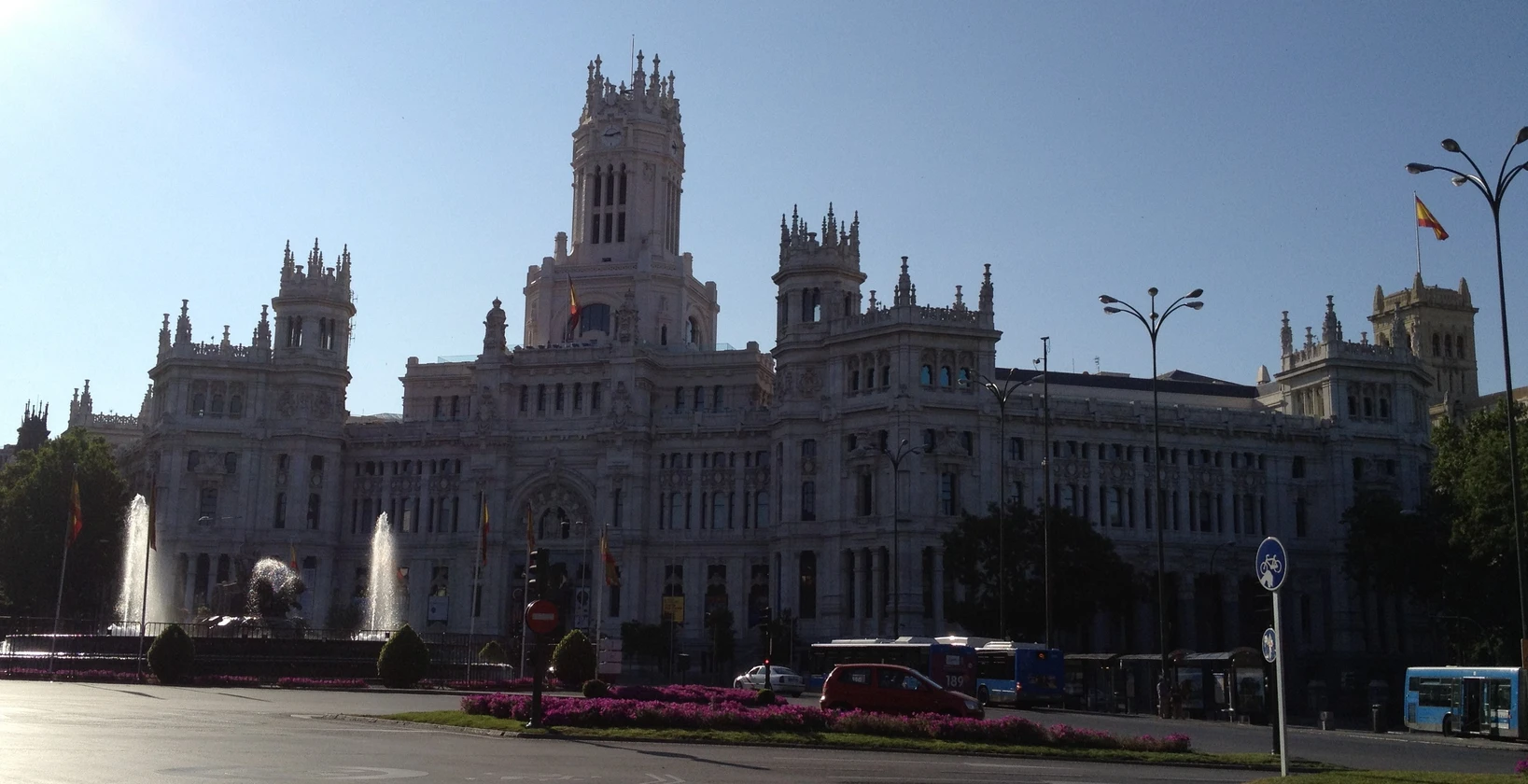
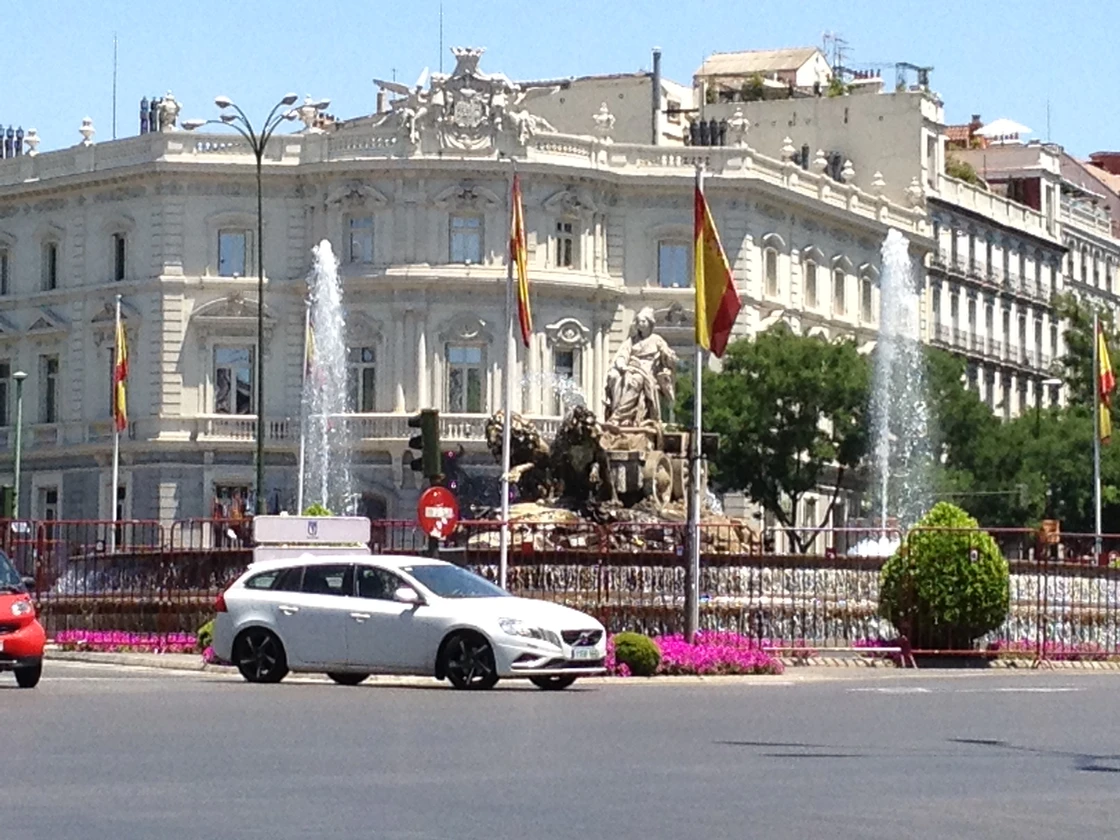
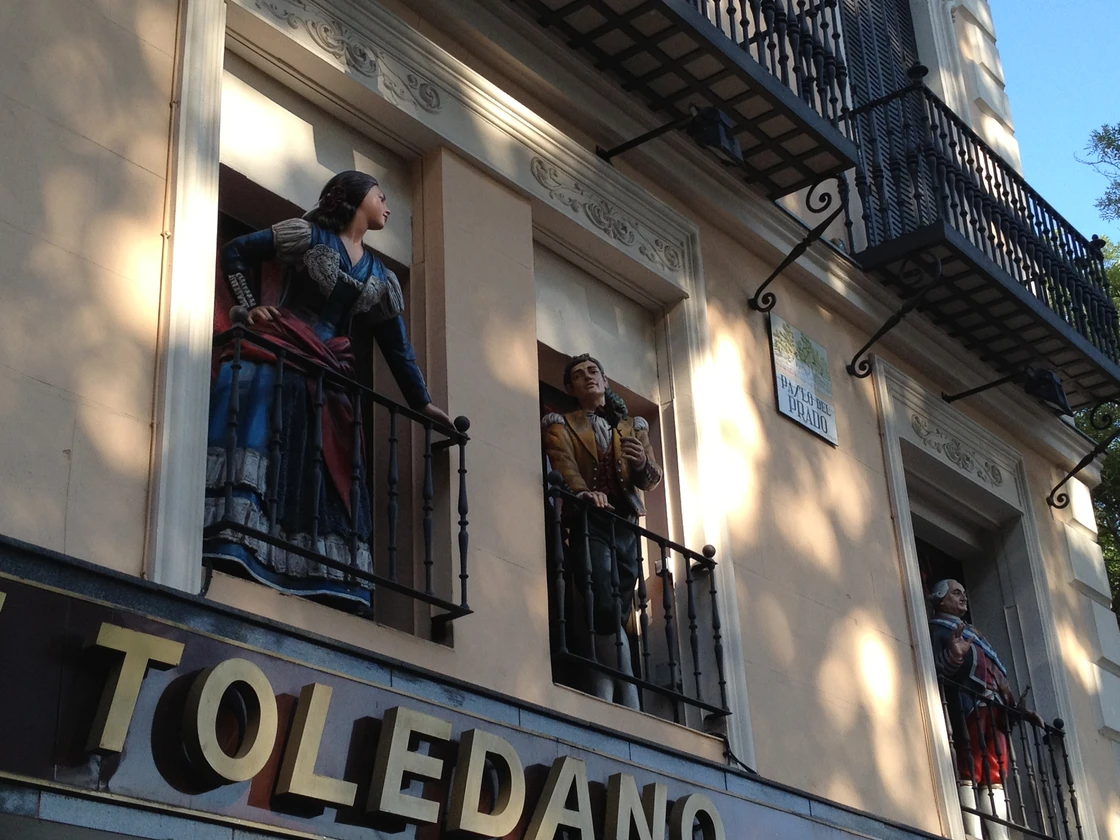
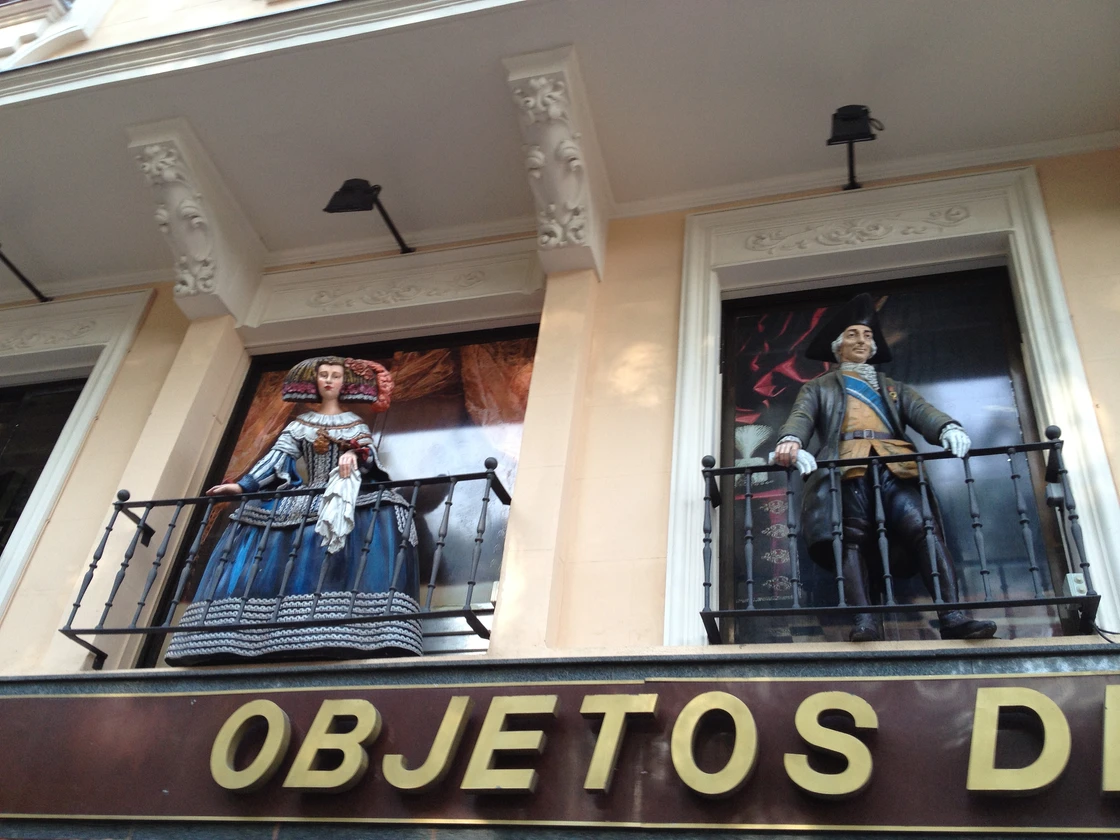








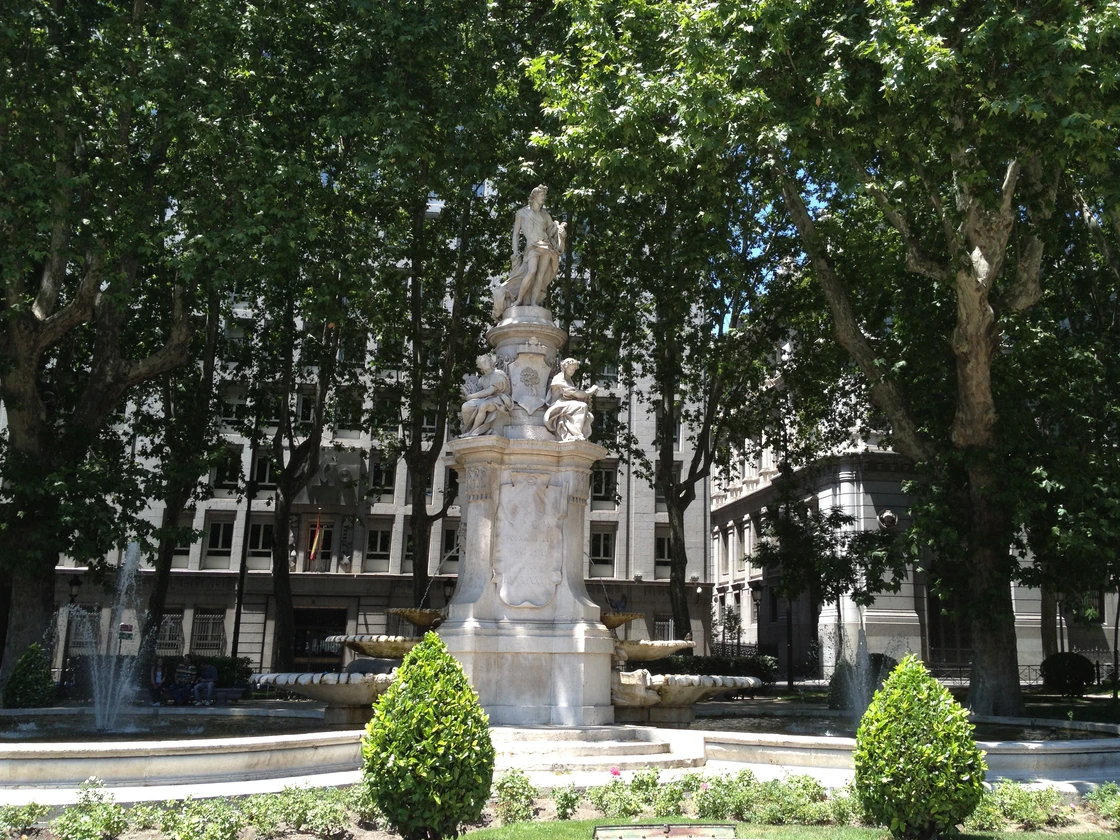


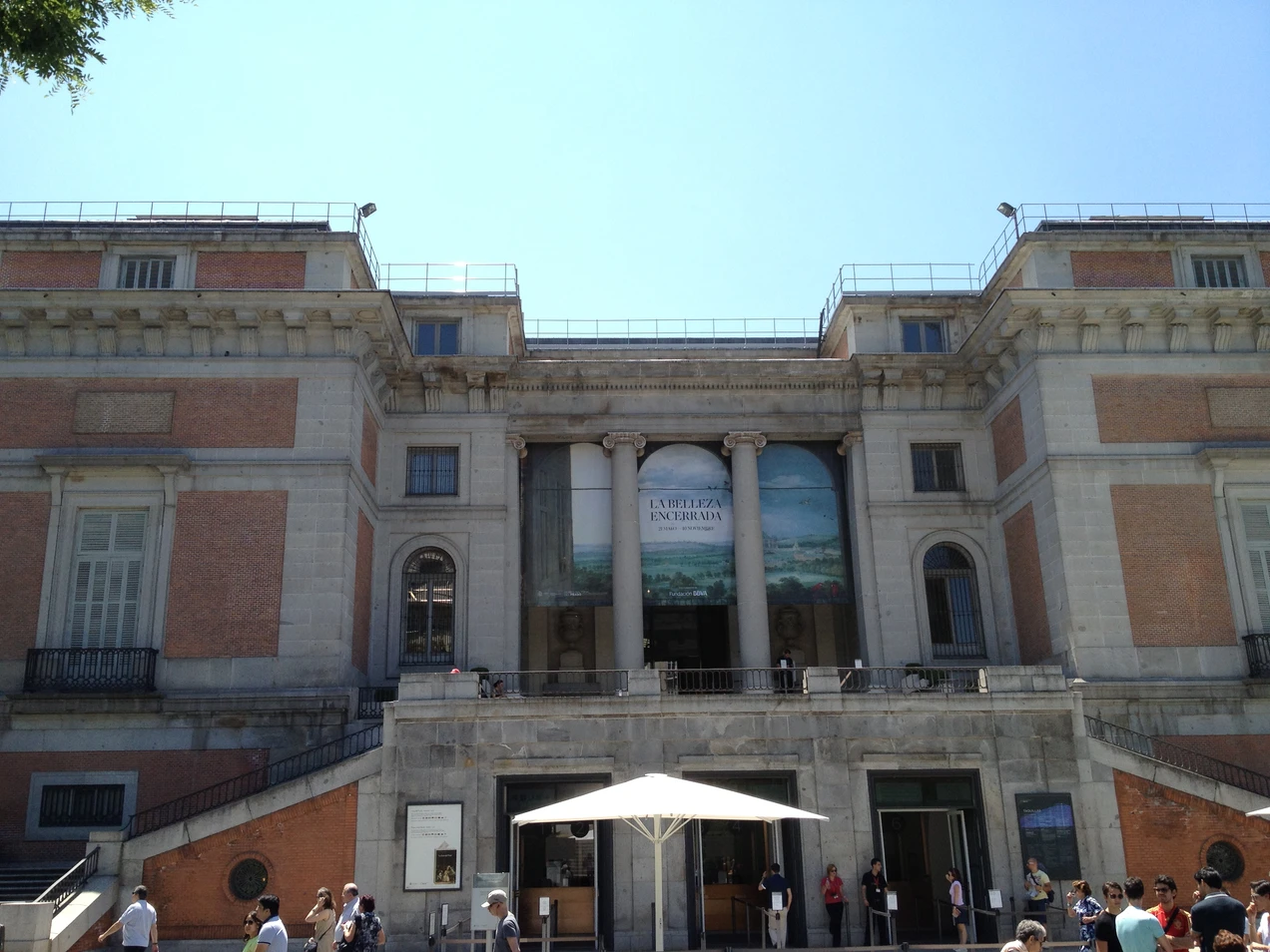
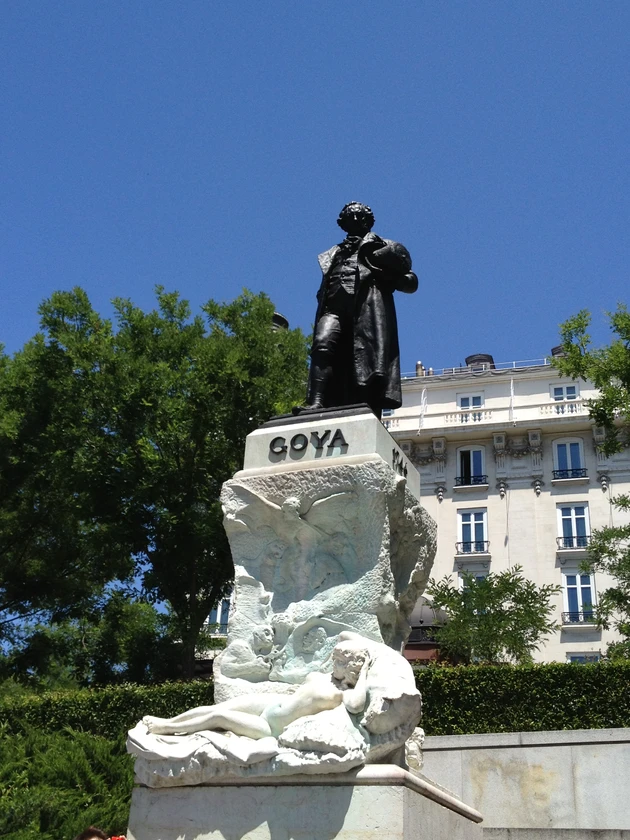
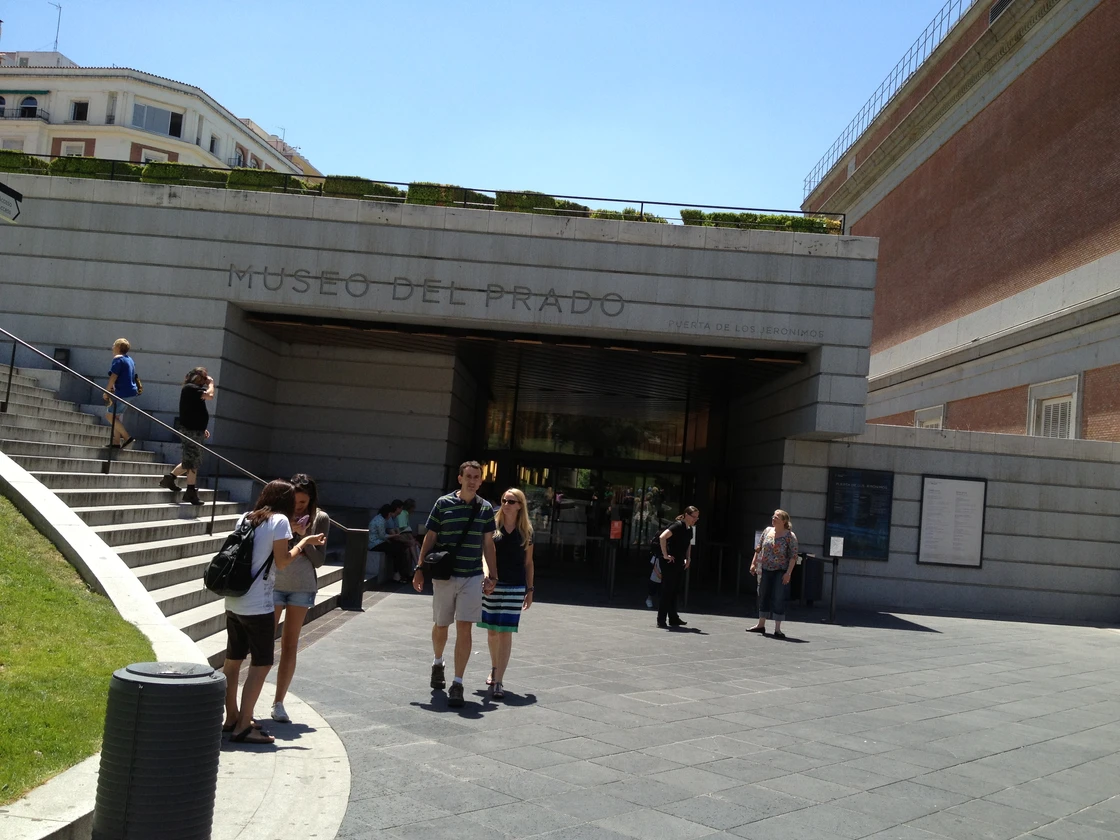
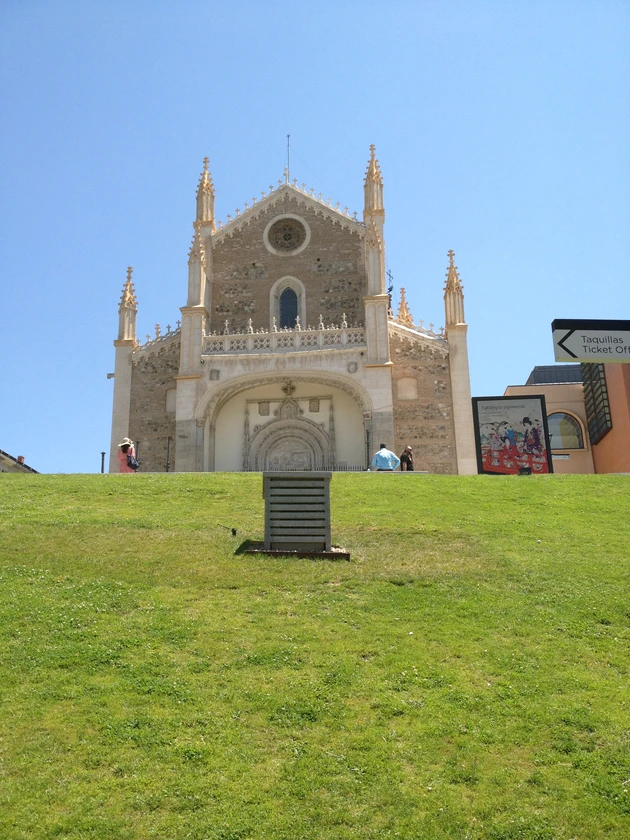









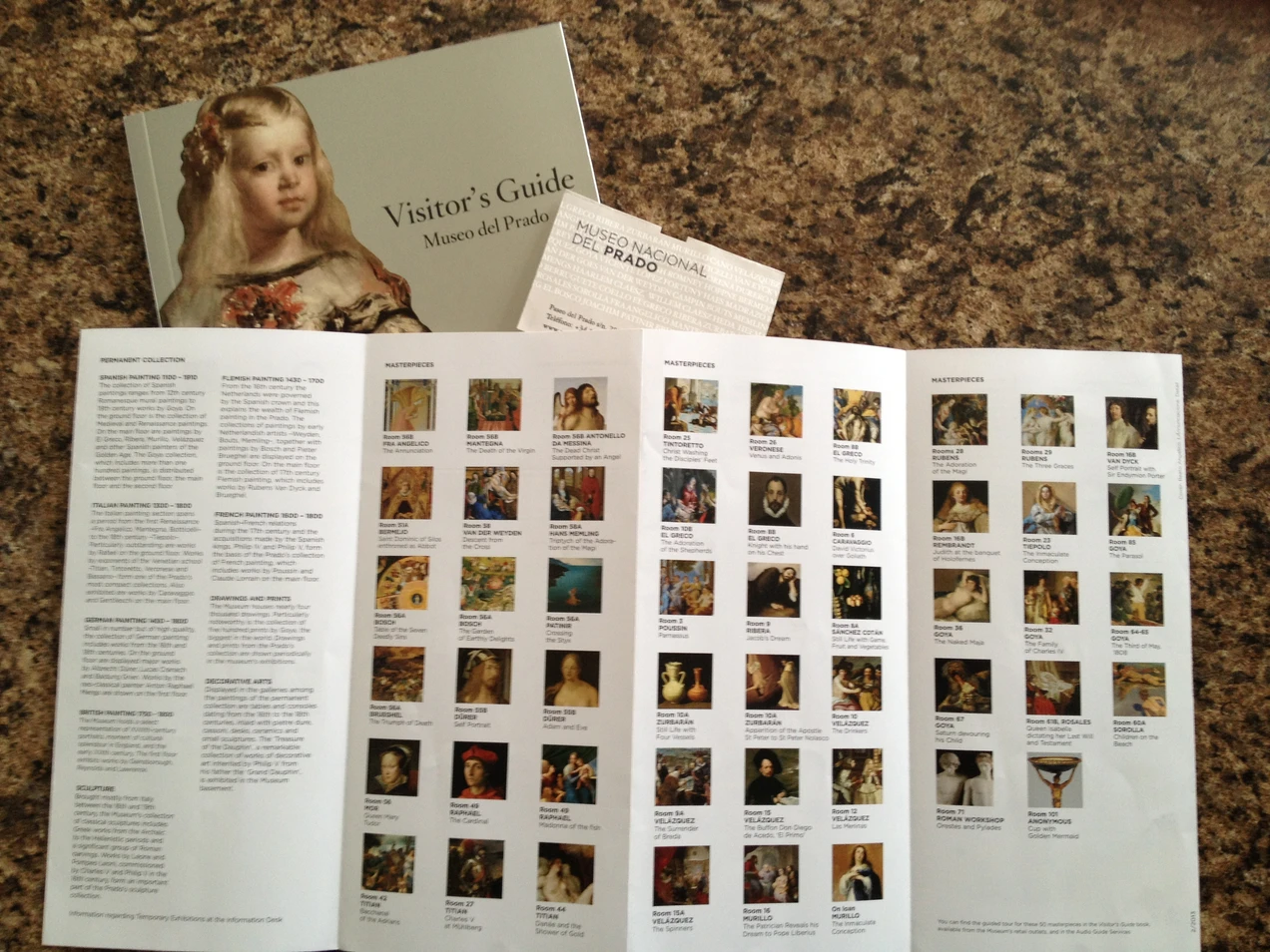
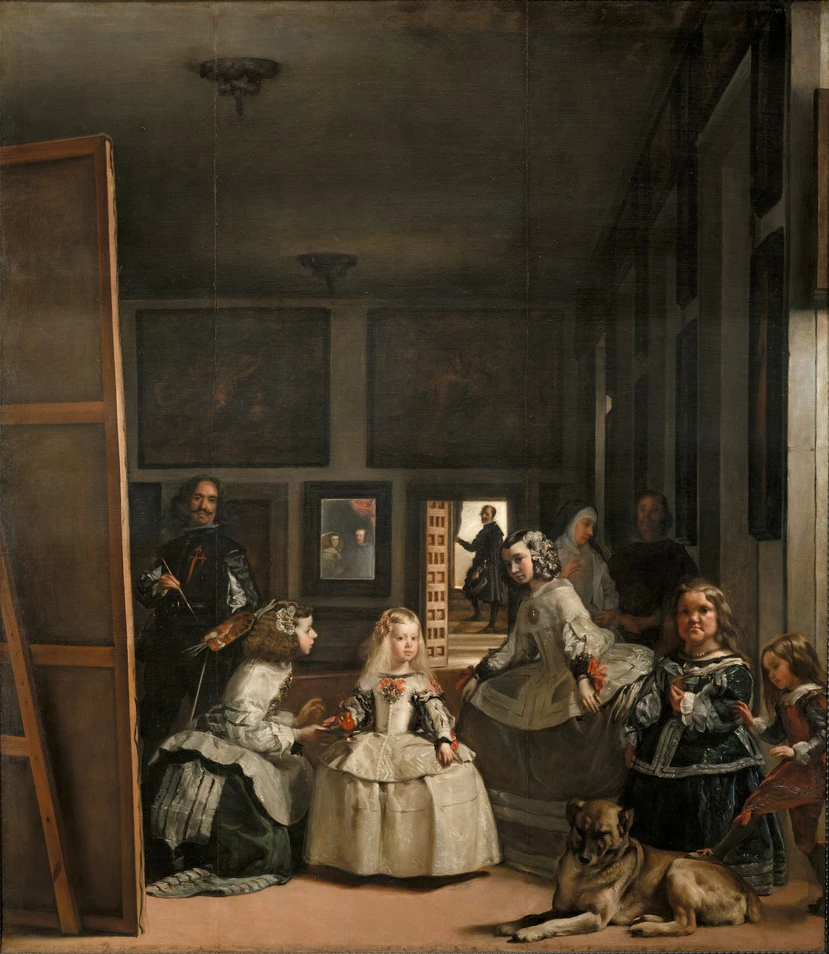
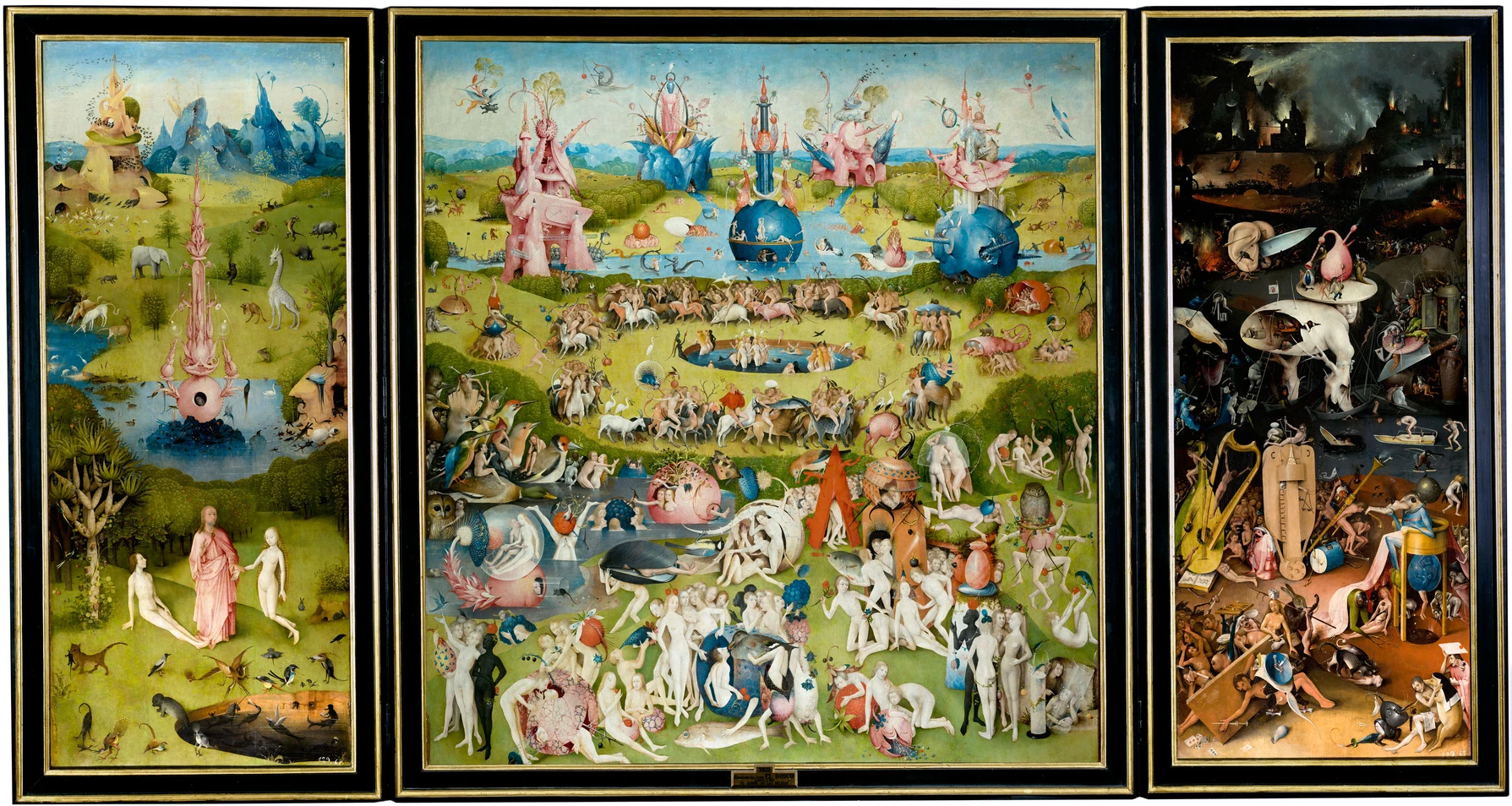




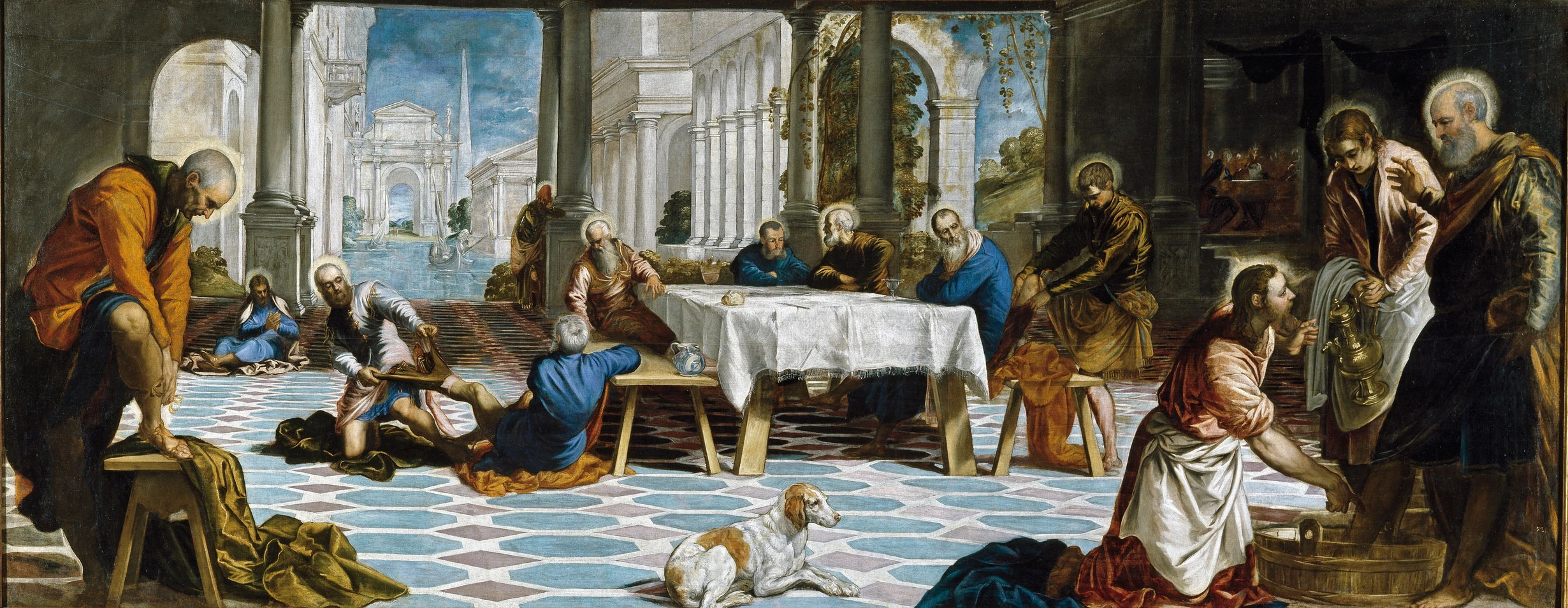
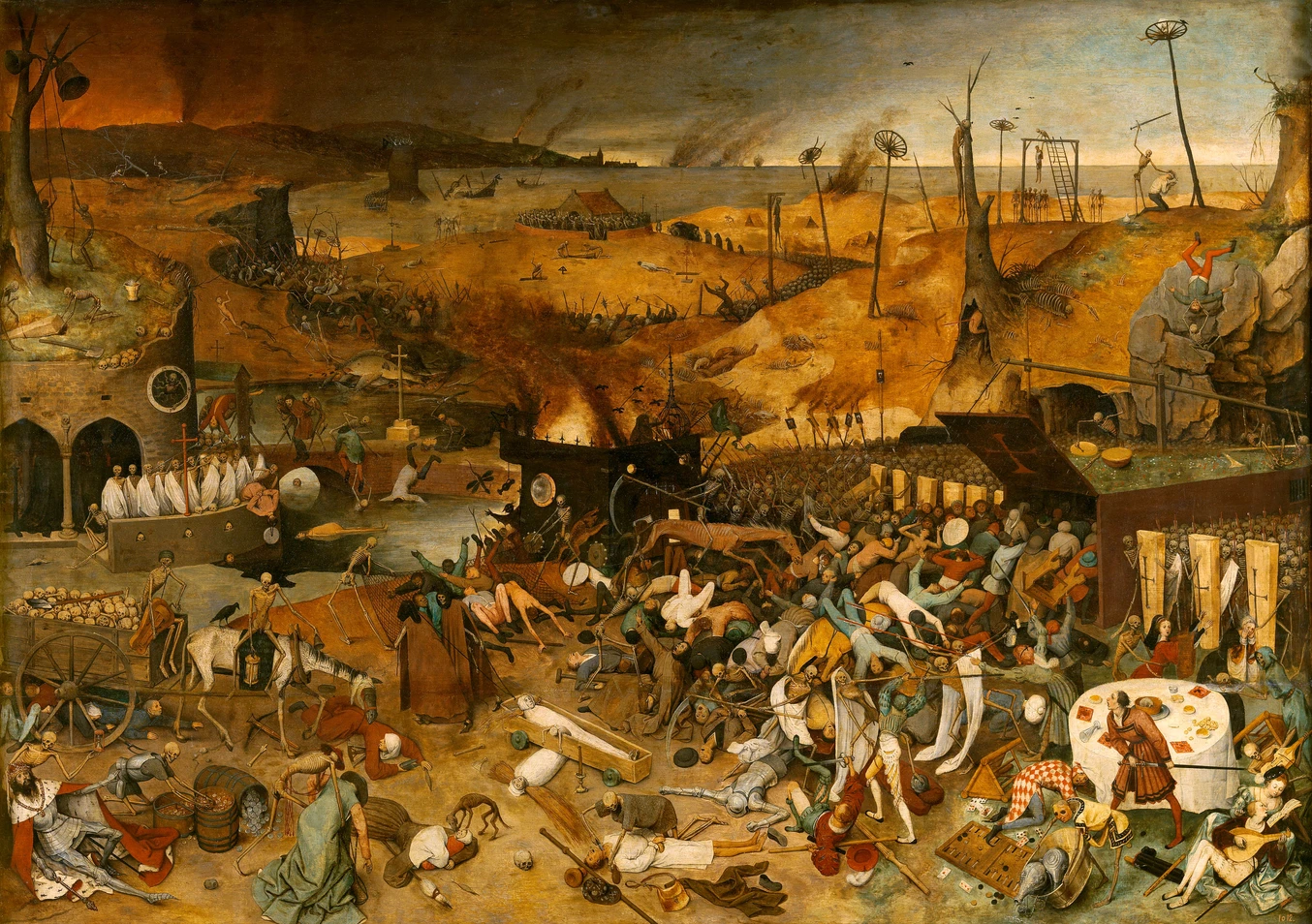
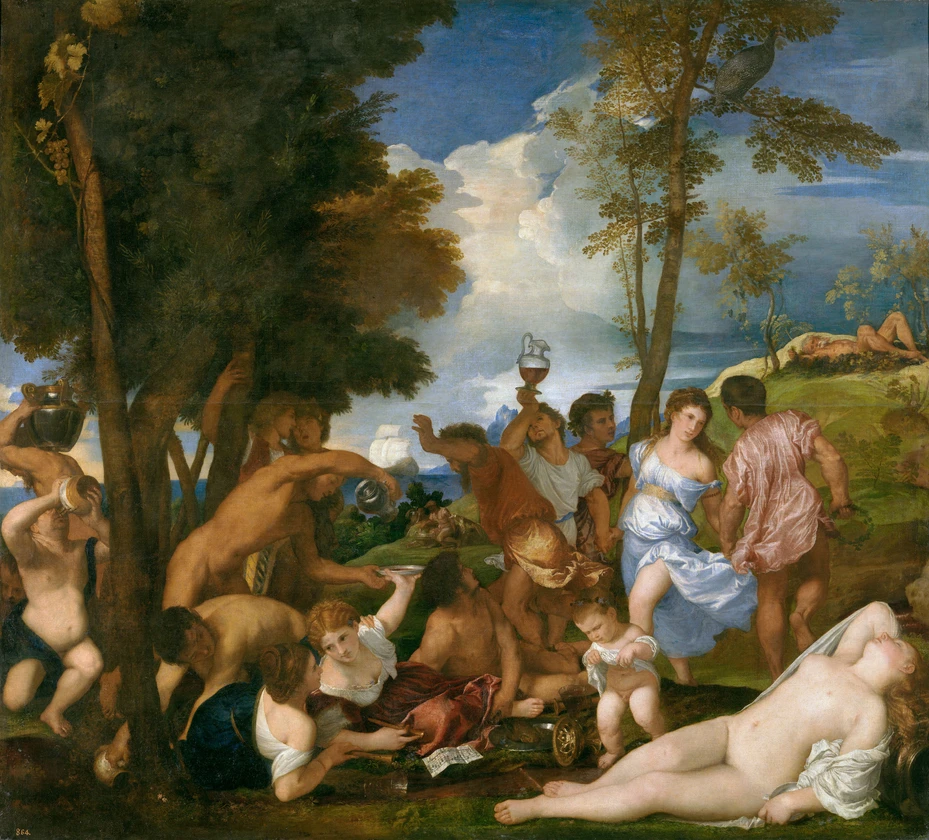


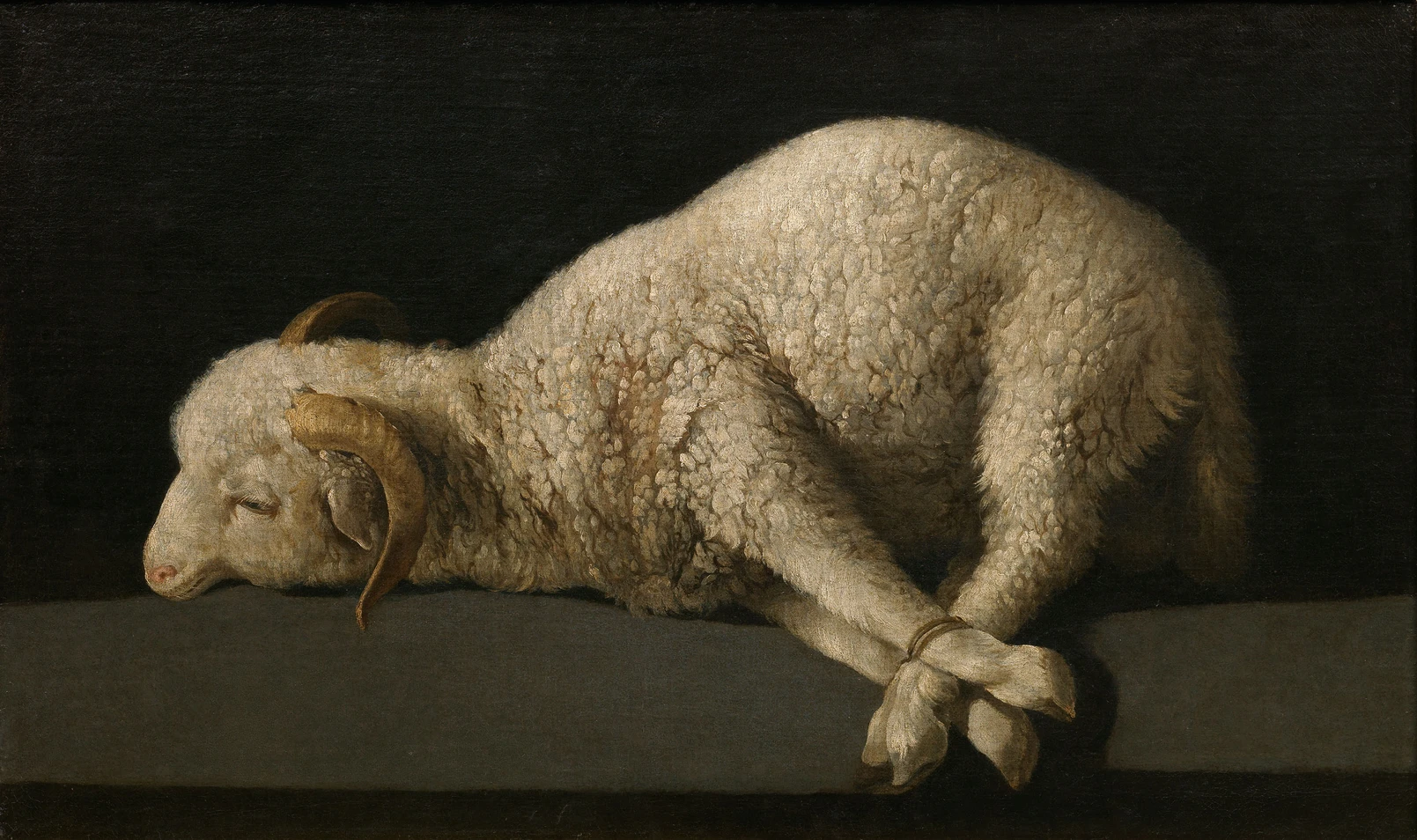
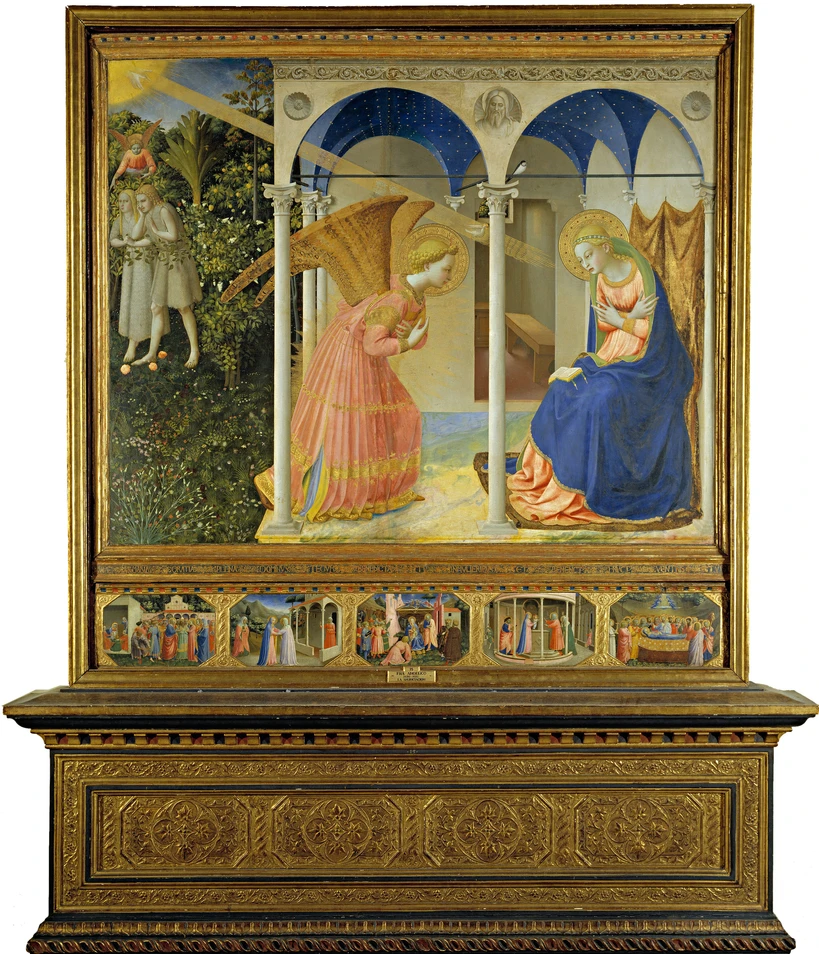







Comments